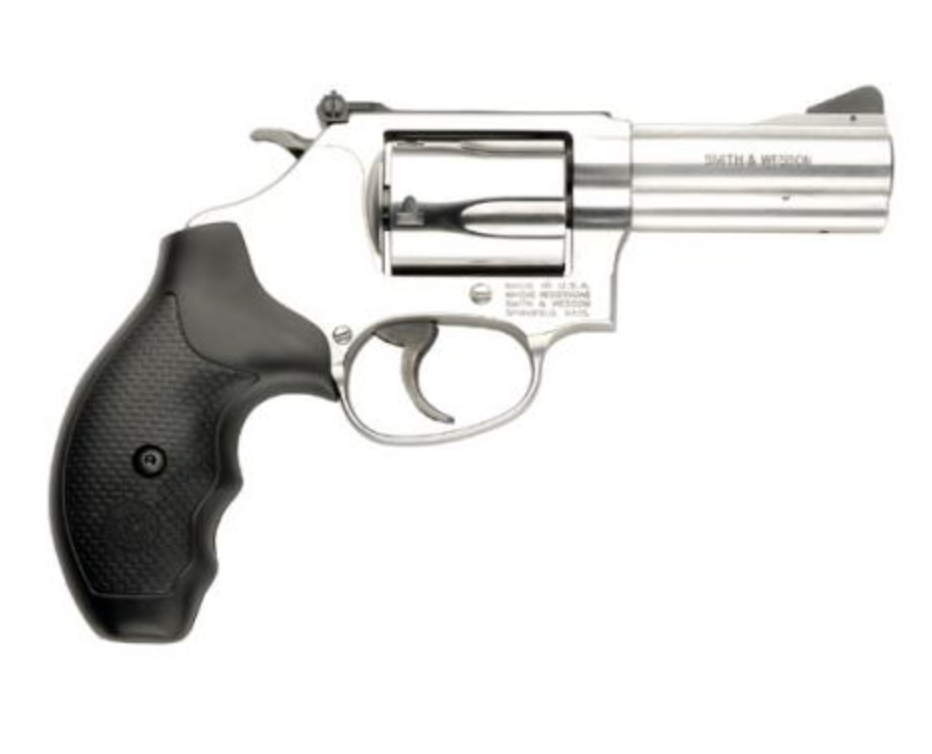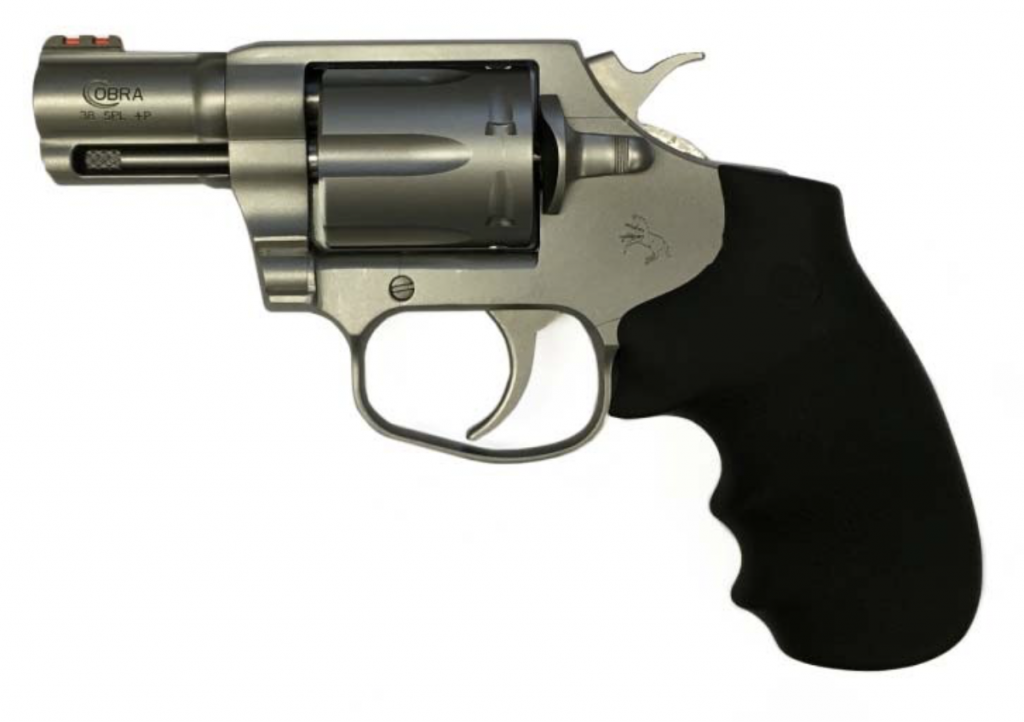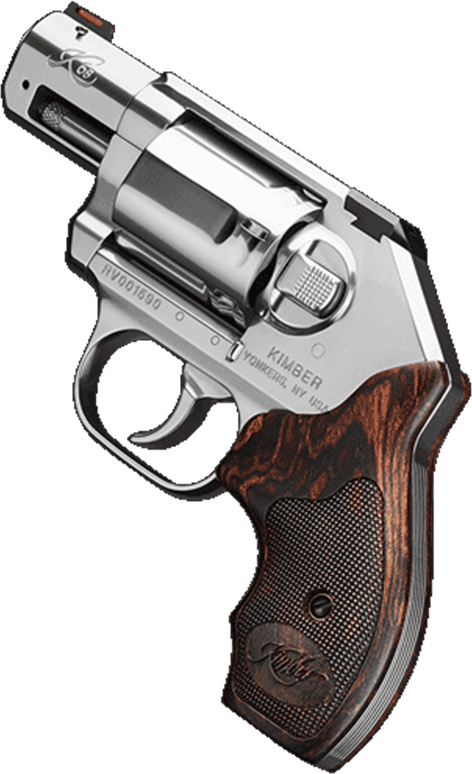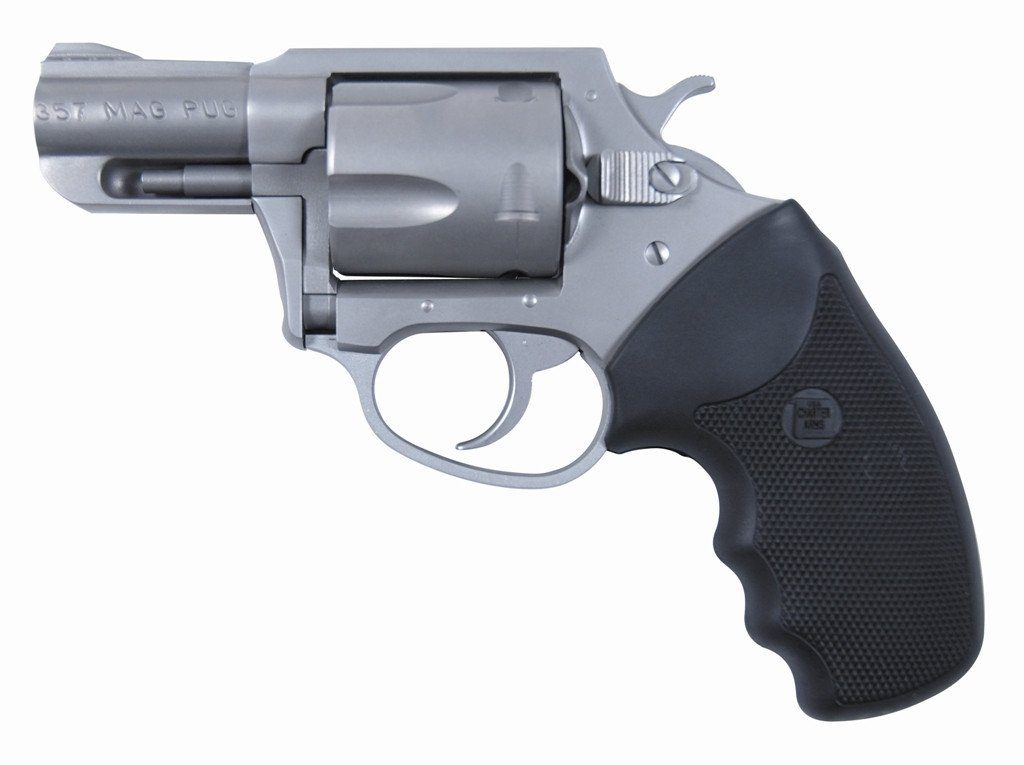For several years, gun writers ignored revolvers. This is reasonable because there has been a renaissance of creativity in firearms design in this same period. The firestorm of the development of the AR platform of modular rifles and the emergence of high capacity, polymer framed, striker-fired pistols have required coverage and there’s really been little in the development of revolvers. There has been a steady, but declining market for wheelguns, but the surge of interest in defensive concealed carry has brought new interest to these simple and reliable guns.
I first began teaching shooting professionally in 1980, at a time when North Carolina didn’t have a concealed carry permit system. My students were women and the classes were arranged through the local community college. I quickly learned new shooters need the simplest firearm possible because they have a lot of things to think about in learning the fundamentals as a conditioned response, and at the time, semi-automatic pistols were less reliable and more complicated to operate than revolvers. While modern striker fired pistols are both simpler and more reliable than those early semi-autos, the simplicity of the revolver has maintained a following of dedicated wheelgun shooters.
I began daily carry for personal defense as soon as North Carolina passed legal concealed carry and through almost all that time, I carried a small revolver. While revolvers lack the magazine capacity and rapid reloading capability of semiautomatic pistols, they are the most reliable of all forms of repeaters because the loaded round is loaded directly into the chamber it’s fired from. Recovering from a misfire only requires another pull of the trigger, and the double-action revolver is safer than any other fire control system because of the length of travel and effort required. Recently, there’s been a resurgence of interest in revolvers with Kimber bringing the K6s last year and Colt reviving their revolver line with a new generation of snake gun, the new Cobra. Both these wheelguns are chambered for the powerful .357 Magnum round.
Smith and Wesson Model 60 3-inch
When I became old enough to purchase and own a pistol, the most coveted concealable handgun on the market was the Smith and Wesson Model 60. In all honesty, it wasn’t superior to its more common and affordable relatives, the Model 36 and lightweight model 37 Airweight. In fact, if we limited to those choices today, the Model 37 would be my clear choice. However, the current Model 60 3-inch is a different animal. Instead of .38 Special, it’s chambered for .357 Magnum. It also has adjustable sights and a 3-inch barrel, making it not only a viable concealed carry gun but a serious survival gun as well.

With S&W’s excellent adjustable sights, the S&W Model 60 3-inch is a capable defense revolver with additional capability as a camp/survival gun. MSRP is $759.
Based on the smaller five shot J frame, the Model 60 3-inch is about as slim as revolvers get. Still constructed of stainless steel, it now features a matte finish instead of the high polish stainless guns of the past. The 3-inch barrel is ribbed with a shrouded ejector rod and the front sight is a pinned ramp. Smith and Wesson’s excellent adjustable rear sight graces the top strap, providing an accurate sight picture and extending the accurate range considerably. Both sights are blacked to provide a better sight picture under most conditions. The checkered, laminated, walnut grips are embossed with the familiar S&W logo and provide a full three fingered grip. Weight is 23 ounces and MSRP is $759.
Colt Cobra

Colt’s new Cobra is a different snake than the original lightweight .38 Special, with all stainless steel construction. MSRP is $699.
In 1968, I was a skinny, pimply faced kid behind a gun counter, and when our store decided to handle Colt, I was jazzed. I can still remember the excitement I felt when the first order of Detective Specials, Government Models, Diamondbacks and Cobras came in and I priced them and put them in the showcase. Of those guns, the ultimate carry gun was the Cobra. It was light as a feather, had a great trigger pull in both single and double action, and exuded the kind of quality Hartford, Connecticut, was known for. Now, a nice clean Cobra will set you back somewhere south of a grand. In the late ’60s, we sold them for less than $100.
Now, after a 20-year hiatus, Colt is making a revolver again. It only makes sense that the first in the revived wheelguns is the Cobra, because the concealed carry market is the current hottest thing and the Cobra was the ultimate CCH gun in its time. Unlike some other companies, Colt has stuck to tradition on its revival gun, and I think this was wise. While the new Cobra looks like a stainless classic Cobra with a Hogue over-moulded grip, it’s quite a different animal. Most obvious when it’s handled is weight. While the original Cobra was an alloy framed lightweight version of the older Detective Special, the Cobra is all stainless steel. Currently, it’s chambered in + P .38 Special only, but I’ll be shocked if a .357 Magnum version doesn’t come along soon.
The new Cobra is a six shot, 2-inch barreled gun with the traditional fixed rear sight milled into the top strap. The fiber optic front sight is pinned and replaceable, and the trigger geometry has been revised and smoothed, making an excellent double and single action trigger. The cylinder rotates clockwise and the traditional pull cylinder latch is retained. Unlike the original Cobra, the ejector rod has a shroud and there’s a rib on top of the barrel. MSRP is a reasonable $699.
Ruger LCR

Ruger’s LCR uses a combination of polymer and stainless steel to keep weight down. Known for its excellent trigger system, MSRP is $699.
Clearly, the most innovative gun in the group is the Ruger LCR. It features a blacked stainless steel chassis for the barrel and cylinder and a polymer frame that houses the fire controls and grip frame. The cylinder fluting is also a departure from the norm, giving it a futuristic look for a revolver, provided a revolver can look futuristic. The polymer frame allows light weight. The LCR is the lightest gun in the group with a weight of just over 17 ounces. This is good for a concealed carry gun, but there can be a price in recoil when shooting defensive .357 Magnum ammunition. The trigger is remarkably good. It’s smooth and light, without any stacking. While I’ve shot every gun in this review, this isn’t a shooting comparison, but every LCR I’ve shot has had a great trigger.
The LCR is a hammerless gun and this means double action only, but the trigger is so good this is no issue for me. It comes with Hogue Tamer grips that help with recoil management. Barrel length is 1.87 inches and the front sight is pinned in and replaceable. The stainless steel frame encases the barrel and provides a barrel rib and shroud for the ejector rod. MSRP is $669.
Charter Arms Mag Pug
Founded in 1964, Charter Arms is the only company that exclusively produces revolvers. For 15 years, I carried a 2” Undercover in my kit bag and on my person at times. In spite of the fact that it went swimming with me twice (unintentionally) and received only slight attention, it performed perfectly. It now rides in the console of my son-in-law’s pickup, and it continues to perform flawlessly.
The Charter Arms Mag Pug is based in the larger frame of the better known Bulldog .44 Special version. With a base MSRP of just $394, it’s the lowest price gun in the test, and it’s still American made. Available as both exposed hammer and double action only, it’s a five shot revolver with a frame that’s similar in size to Smith and Wesson’s K Frame, and very close to the Colt D Frame of the Cobra. Charter Arms trigger pulls tend to be light, but aren’t known for smoothness. It’s been my experience that this has less effect on accuracy than most will admit, but smooth is always better. The base model is matte black, but most guns sold are matte stainless. At 23 ounces, it isn’t a featherweight, but the extra weight and the over moulded rubber grips make it more pleasant to shoot than most other guns in the group.
Kimber K6s

Kimber is new to the revolver business and their K6s has the highest level of finish of any of the guns in the group but with the highest MSRP at $899.
At the 2016 SHOT Show, there was a lot of activity in the Kimber booth because Kimber is finally producing a revolver. Kimber’s K6s is the newest of all revolvers mentioned here provided we see the Colt as an upgraded, re-introduction of an older gun. Certainly it’s a fresh out-of-the-box approach to revolver design. All brushed stainless and with a rubber grip, the K6s is an attractive pistol with a traditional look. It uses a push button cylinder release similar to Ruger’s design, and in spite of years with the Colt and S&W configurations, I think the push button makes the most sense and is probably simpler to build. I’ve never experienced accidentally activating the cylinder release in all my years of revolver shooting, so this isn’t a concern for me.
The 2-inch barrel features a shrouded ejector rod housing and the front sight is pinned in place. The rear sight is dovetailed into the frame, a welcome change from the traditional milled groove because some guns just don’t shoot the correct windage and correcting this is a big issue when the rear sight is milled into the frame. This will also allow changing both front and rear sights to the shooter’s preference. Grips are rubber grip panels and I think they’re a weakness in an otherwise good gun. While I’ve only tested the K6s at writer events, I found the backstrap unusually uncomfortable. Maybe it’s just me because I’ve not seen other writers mention it, but I find the recoil uncomfortable for a gun this heavy. Over moulded grips would be much better, perhaps Crimson Trace will design something like the LG-350G grips I used on a review of the S&W 340 PD I recently tested. They were over-moulded with a recoil absorbing panel and tamed even the Noisy Cricket recoil of that 11.4 ounces .357 with defensive ammunition. The K6s is the slimmest six shot .357 Magnum revolver ever made with a cylinder diameter of just 1.39 inches.
With an MSRP of $899, the Kimber is the most expensive of the revolvers tested, but there’s no doubt it’s a quality gun and Kimber has a following that’s unlikely to flinch at the price even if they do at the recoil.
For more information about the Kimber K6s, click https://www.kimberamerica.com/pistols/revolver.
For more informatoin about the Colt Cobra, click https://www.colt.com/Catalog/Revolvers/Cobra.
For more information about the Ruger LCR, click https://www.ruger.com/products/lcr/overview.html.
For more information about the Charter Arms Mag Pug, click https://charterfirearms.com/collections/mag-pug.
For more information about the Smith & Wesson Model 60 3-inch, click https://www.smith-wesson.com/firearms/model-60-3.
To purchase a revolver on GunsAmerica, click https://www.gunsamerica.com/Search.aspx?Keyword=revolver.
Managing the Double-Action Trigger
As an instructor, I’ve found most shooters experience accuracy problems with double action triggers. Once you learn to manage the double action trigger, it’s as accurate as a single action trigger but the technique is entirely different. While single action triggers are normally pulled with the pad on the last joint of the finger, this simply won’t work in double action. If you use the pad on a double action, the front sight will flip to the right just as the trigger breaks.
Instead, choke up on the trigger using the area next to the second joint of the trigger. This increases the amount of leverage you have and the third finger section stabilizes the gun when the trigger breaks. Using this method, it’s quite possible to make 50-yard shots, double action. It takes a bit of practice, but anyone can learn to manage a double action trigger.
